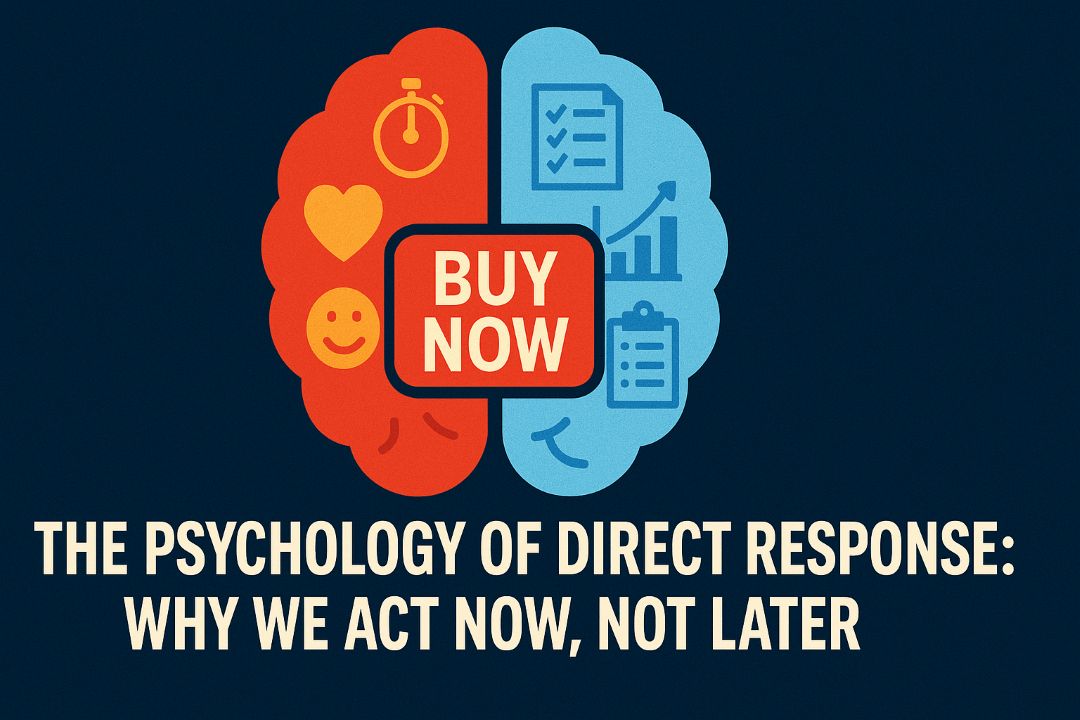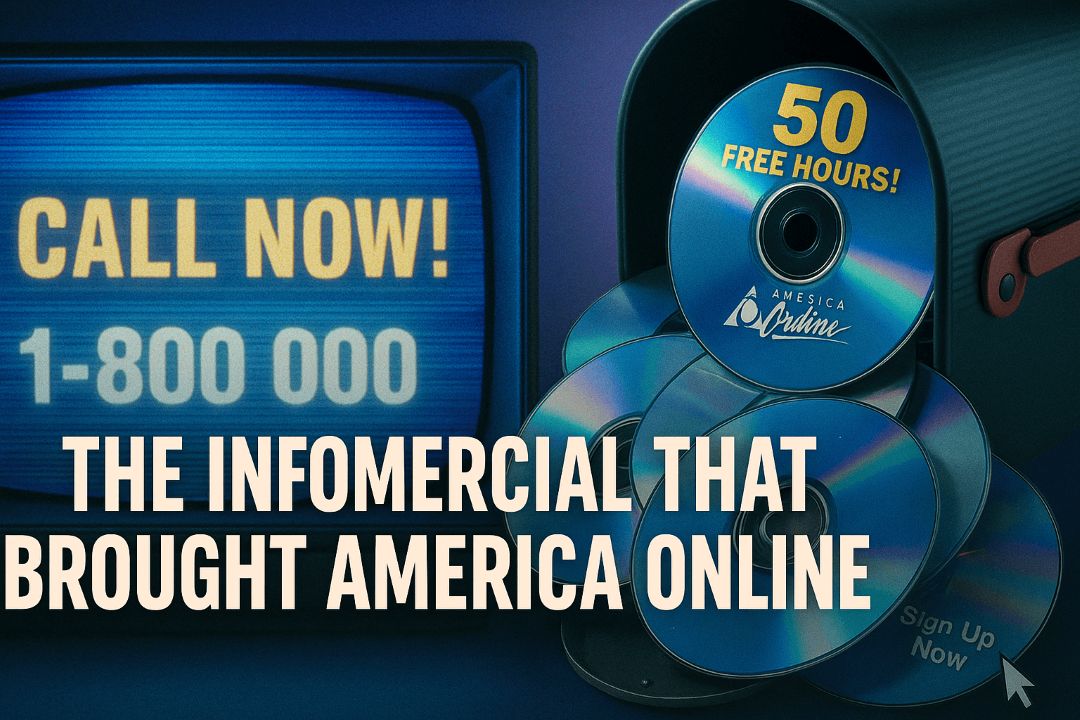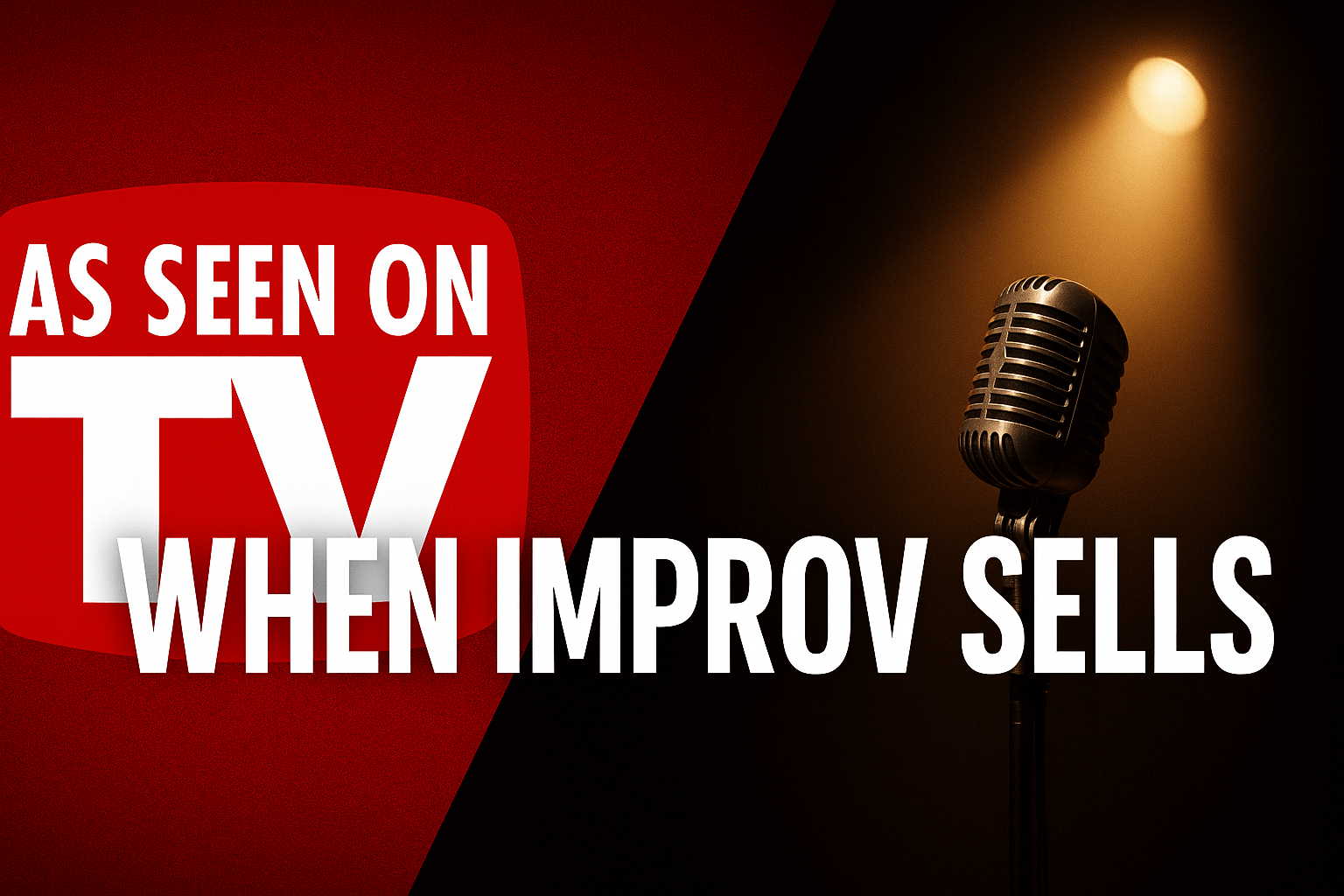When cord-cutting first emerged as an alternative to traditional cable, it promised to be a cheaper and more flexible way to consume entertainment. No longer tied to expensive cable packages, consumers rejoiced in the freedom to choose what they wanted to watch and when they wanted to watch it. But over time, what seemed like a dream come true has gradually turned into a complex and costly web of multiple subscriptions, rising prices, and, increasingly, the return of something cord-cutters hoped they’d left behind: ads.
The Rise of Streaming Services
In the early days, cutting the cord meant subscribing to a handful of streaming services, like Netflix or Hulu, and enjoying a wide range of content for a fraction of the cost of a traditional cable package. However, as more companies realized the potential of streaming, they began to launch their own platforms—each with exclusive content. Now, if you want to watch The Mandalorian, you need Disney+; if you’re a fan of Stranger Things, Netflix is a must; and if you want to catch the latest HBO hits, HBO Max is your go-to. The result? Consumers are subscribing to multiple services, each with its own monthly fee.
The Slow Creep of Costs
At first, the costs of subscribing to a few streaming services were manageable and still cheaper than cable. But as these services have grown, so have their prices. Netflix, for example, has steadily increased its subscription fees over the years, as have other platforms. Moreover, some services have introduced premium tiers that offer better quality streaming or additional content, adding to the overall cost. When you add up the total price of multiple subscriptions, it can start to look a lot like your old cable bill.
The Return of Ads
One of the most frustrating developments in the streaming world has been the reintroduction of ads. For many, escaping the constant barrage of commercials was a key reason for cutting the cord in the first place. However, as streaming services look for new ways to increase revenue, they’ve started offering cheaper, ad-supported tiers or, worse, inserting ads into paid tiers. This not only interrupts the viewing experience but also feels like a step backward—paying for a service that still forces you to watch ads.
Direct response agencies are shifting to monetize streaming by leveraging the data-driven nature of digital platforms. They are focusing on targeted advertising, where they can deliver personalized ads to specific audiences based on viewing habits and demographics. These agencies are also utilizing programmatic advertising to automate the buying and placement of ads in streaming content. Additionally, some are exploring opportunities for interactive ads that allow viewers to engage directly with products, enhancing the direct response potential of streaming media.
The Cable-Like Experience
Ironically, the modern streaming landscape is beginning to resemble the very cable model it sought to disrupt. With rising costs, the need for multiple subscriptions to access all desired content, and the reappearance of ads, consumers are facing a situation that’s increasingly complex and expensive. Managing multiple subscriptions has become a headache, and the total cost can be comparable to, if not higher than, a traditional cable package.
Conclusion: Rethinking the Cord-Cutting Decision
As the streaming world continues to evolve, it’s worth considering whether cord-cutting still offers the benefits it once did. For some, it may still be the best option, but for others, the costs—both financial and in terms of convenience—are starting to outweigh the benefits. As we navigate this new era of digital entertainment, it’s important to make informed choices and consider whether the current model is really delivering the value we hoped for when we first cut the cord.












Leave a Reply